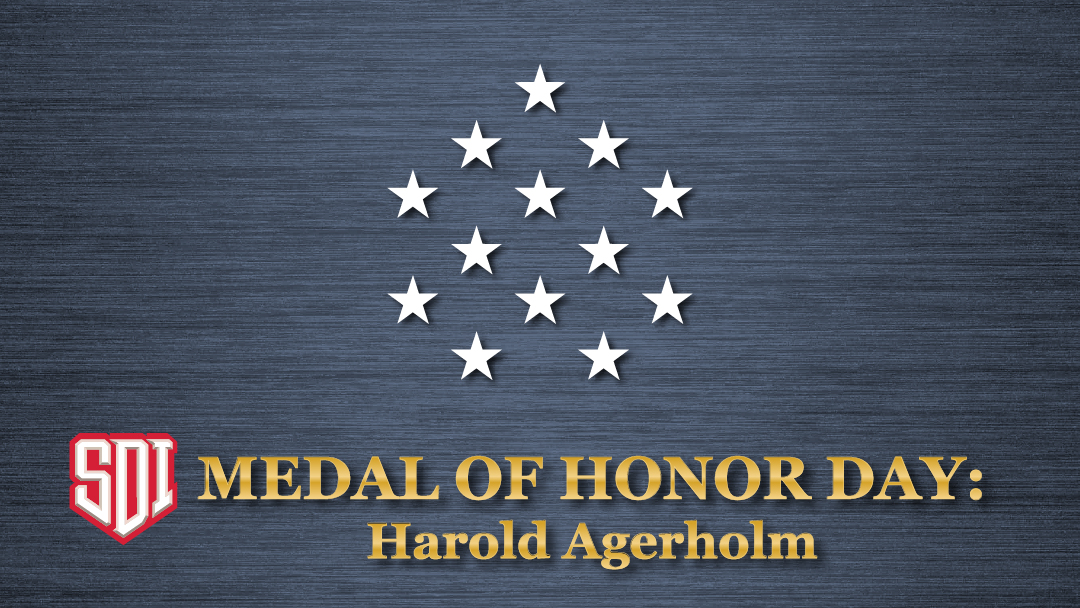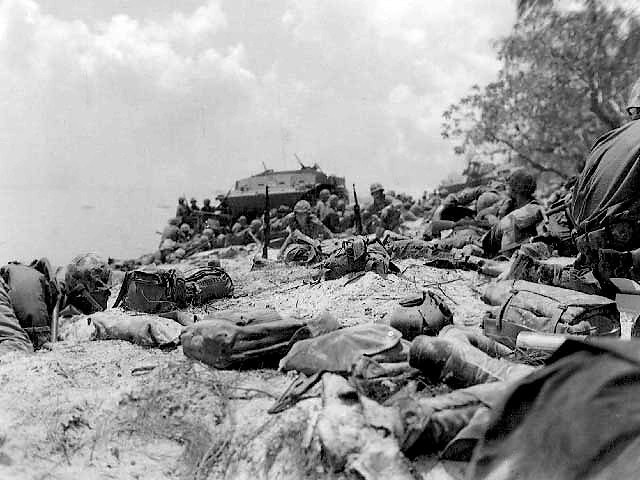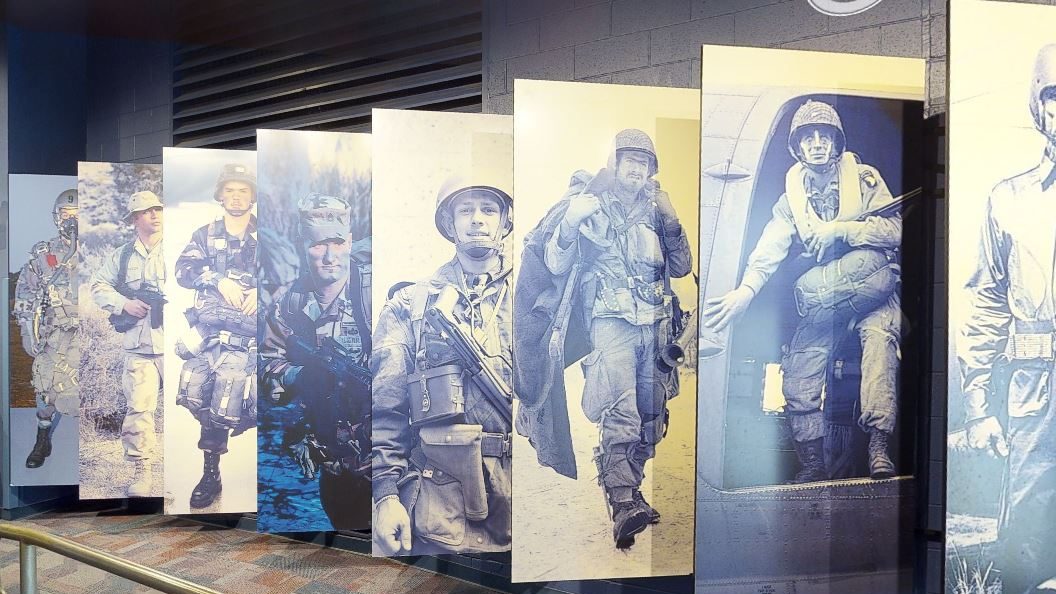
On the 25th of June, 1945, Harold Christ Agerholm’s mother received the Congressional Medal of Honor on behalf of her son. She did so in her own home, eschewing a public ceremony. Like so many of its kind in our nation’s history, this medal was awarded posthumously.
Harold Agerholm was born in Racine, Washington, on January 29, 1925. After attending public schools and working briefly for the Rench Manufacturing Company in his hometown, he joined the Marine Corps Reserve in July of 1942.
In November of 1943, as part of the 4th Battalion, 10th Marines, 2d Marine Division, he saw intense action on Betio Island, Tarawa Atoll. After the hard-won battle, the 2d Division returned to Hawaii to train for the upcoming Battle of Saipan.
Just days after D-Day in Europe, on the 13th of June, 1944, seven battleships and 11 destroyers began the bombardment of the Imperial Japanese positions of Saipan. Unfortunately, they didn’t have their intended, full effect.
On June 15th, 8,000 Marines landed on the west coast of Saipan. Much of the Japanese defensive structures on the island remained intact despite attempts by the Navy to soften them. Mazes of barbed wire and trenches slowed the American advance while intersecting fields of Japanese machine-gun fire and previously-ranged artillery wreaked havoc upon the Marine infantry.

There were 2,000 American casualties by nightfall, but the Marines were nevertheless able to establish a beachhead. Progress continued to be slow and bitter for the next three weeks.
Then on July 7th, the Japanese assembled their remaining men for an infamous Banzai attack – the largest of the Second World War, according to History.com.
An estimated 4,000 Japanese infantry came ferociously at the Marines in sprinting waves, bayonets fixed. So dedicated were the Imperial defenders that it is reported that men on crutches and covered in bandages limped in toward the enemy, wielding whatever weapons they could.
Angerholm, hearing of the attack on a neighboring battalion that was threatening to become overrun, volunteered instantly to assist in efforts to “check the hostile attack and evacuate our wounded” for the beleaguered unit, as reported by the presidential citation from President Harry Truman. Commandeering a Jeep, he drove through continuous rifle and mortar fire “tirelessly and with utter disregard for his own safety,” to single-handedly evacuate approximately 45 fellow Marines and servicemen in just over three hours.
Finally, despite the extreme and persistent danger, he sped out into the field of battle one last time to save the lives of two more injured men but was struck down by the bullet of a Japanese sniper.
For these incredible selfless acts of heroism, he was awarded our nation’s highest award for valor, the Congressional Medal of Honor, and his name lives on as a U.S. destroyer and a memorial park by Camp Lejeune, among other memorials.
What do you think about this story? Please share this on Facebook and Twitter and let us know!

